Gananoque town councillor and art gallery owner Dennis O’Connor has been out and proud his entire life.
He says he was fortunate to have supportive parents. In fact, his mother told him frequently that he was Special, and that’s how he has chosen to identify ever since. “She cried when she said that,” Dennis, now 67 years old, reflects, “and when I asked her why she cried, she said ‘I don’t want you to have a difficult life because of who you are.'”
Dennis says the first Pride event he remembers attending was at Cawthra Park on Church Street in Toronto. This neighbourhood is known colloquially as Toronto’s ‘Gay Village’ and continues to be the site of many Pride events. However, when Dennis first attended Pride in the late 70s, it was an entirely different scene from what you’d see today.
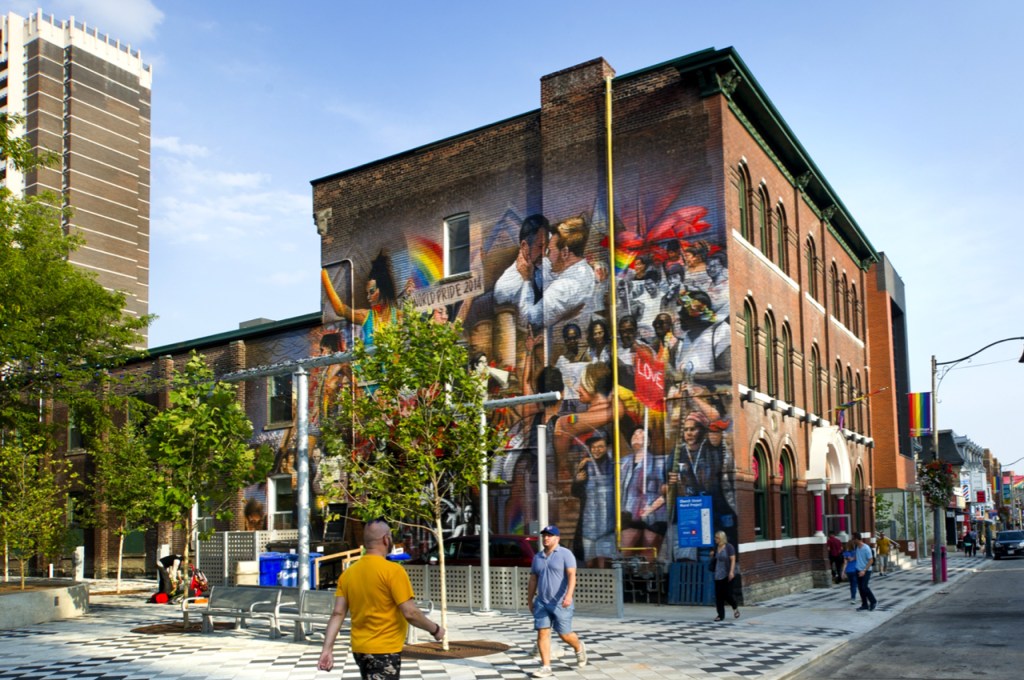
Remembering Our Roots
“Pride at that time was very political and not supported by the banks, corporations or liquor companies,” he says. “It wasn’t a lot of people, but it was out and unmistakably Special. I was so happy to see everyone so open and proud. From that day forward, I spent so much time in gay book stores and reading everything I could find on our history. I was totally immersed in our history and literature.”
Book stores have always been safe havens for LGBTQIA+ people, as well as common meeting places for queer folks seeking community. Dennis says the main difference between now and then is that, until quite recently, the Pride movement has been focused not only around celebration of self and freedom of expression, but also education.
“In one generation, our history is almost lost to our young,” he adds. “Yes, celebrate, but also take the time to learn how we got here.”
I’ve said it before and I’ll say it again: social change is rarely brought about by being quiet and agreeable. Pride is no exception. It’s important to remember that Pride began as a riot protesting police brutality. The reason Pride Month is held in June is to commemorate the Stonewall Uprising, which took place in June 1969 between police and activists outside the Stonewall Inn, a gay bar in New York City.
- If you’d like to learn more about Stonewall, I suggest starting here.
- For a brief look at Canada’s queer history, check out this timeline compiled by Northreach Society.
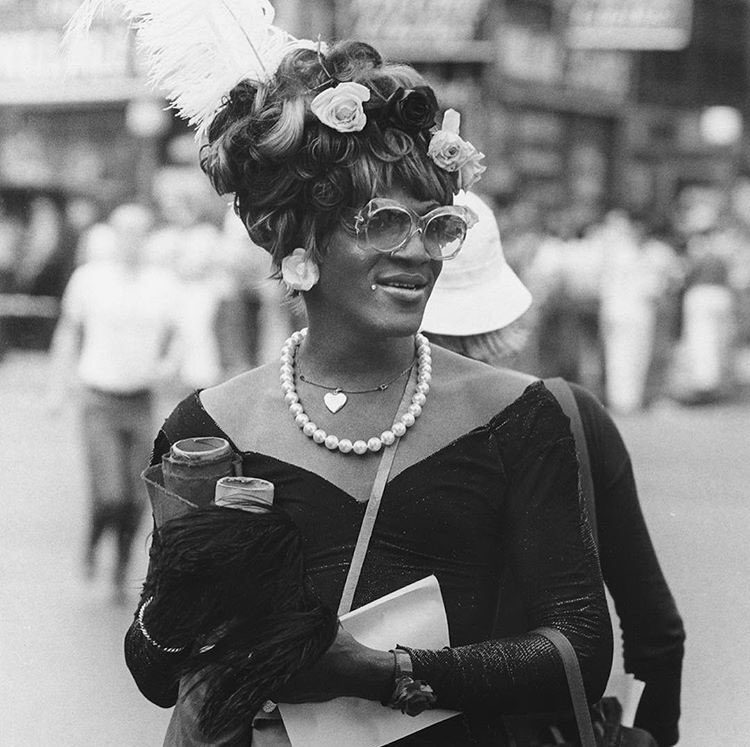
Not Just A Party
Pride is, at its essence, a political statement. Even today, it remains testament to the necessity of free self-expression. But many say the message is slowly being watered down as the movement garners more mainstream acceptance.
“The last parade I was at was here in Gananoque,” Dennis says. “It made me think of what Pride used to be. Small and genuine. Pride is not about fitting into a larger society, it’s about society accepting our tribe as we are. Many feel that we have everything, so there is no need to be so political; but that couldn’t be further from the truth. Our brothers and sisters are being arrested, put into concentration camps, thrown off buildings and murdered all over the world.”
The notion that LGBTQIA+ people in most of North America today are able to live freely from a legal perspective is a common talking point among those who don’t see a need for Pride. However, it’s important to remember that legal freedom does not necessarily equate to social acceptance. Just because we are technically safe from the law does not mean we are protected against hate crimes and discrimination from strangers, employers or even loved ones.
In fact, Statistics Canada reported in March that other than a single peak of 2,073 hate crimes in 2017, police-reported hate crimes are the highest they’ve been since 2009. Aside from Black people, LGBTQIA+ people are the most common victims of hate crimes.
Studies also suggest that Canadian LGBTQ+ youth are over-represented in Canadian poverty statistics: between 25 and 40 per cent of our homeless youth identify as LGBTQIA+. HIV and AIDS remain at the top of the world’s most stigmatized illnesses. Trans kids continue to be kicked out of their homes and disowned by their parents, churches and communities. And that’s just in Canada. We haven’t even begun talking about the horrific struggles faced by LGBTQIA+ people in countries where their mere existence is still considered punishable by death.
The bottom line? The fight is far from over. Pride isn’t just a party, it’s an expression of counter-culture. There’s still a ton of progress to be made in North America and around the world, and honouring and remembering our history is an important part of continuing that progress.
Commercializing Pride
Today, as the LGBTQIA+ community enjoys more widespread support, Pride has evolved into a completely different experience. This comes with its benefits (obviously, making progress on the human rights front is a good thing) but also its challenges.
“Pride is now a massive event supported by tourism organizations and corporations,” Dennis says. “The crowds are massive and filled with straight tourists and their cameras. Many of my generation no longer go to Pride because of the commercialism. Yes, we party and enjoy this special day… but it’s our day. A day to celebrate our hard won victories, our battles with discrimination, our major loss of an entire generation during the AIDS crisis and much more.”
Corporations have taken notice of Pride becoming increasingly popular. And naturally, they saw dollar signs. Participating in Pride is not only an opportunity for brands to maximize profit, but also for them to cash in some moral chips and paint themselves as ‘woke’ without doing any real work to support the queer community. It’s the equivalent of patting themselves on the shoulder while holding up a neon sign that says “Look, we’re an ally!”
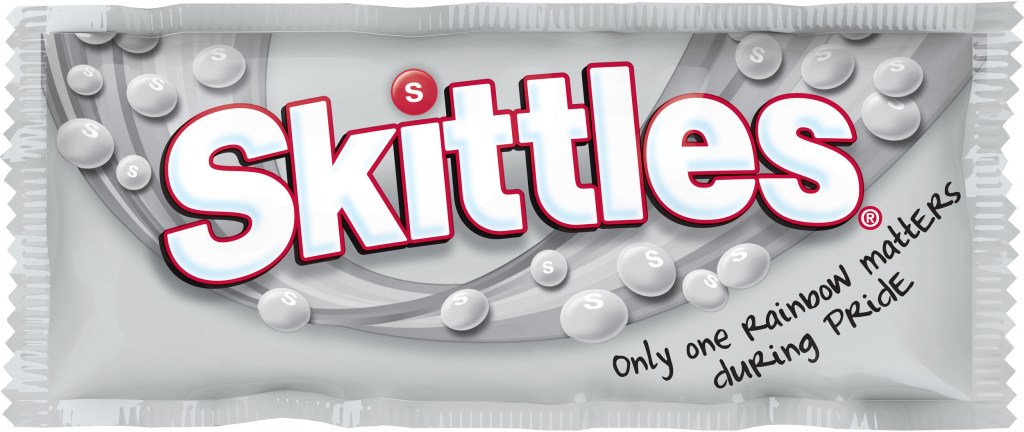
Consequently, every year when June rolls around we’re bombarded with rainbow merchandise (or worse, the same old products dressed up with Pride-themed packaging – I’m looking at you, Skittles) corporate floats at Pride parades, and brands around the world looking for a slice of the pie.
This phenomenon is known as rainbow capitalism, or pink capitalism.
Don’t get me wrong, brands actively supporting their LGBTQIA+ employees and queer causes/organizations in their communities do not fall under rainbow capitalism, nor do LGBTQIA+ artists and business owners who participate in Pride. Even Skittles have taken a step forward this year by partnering with Blair Imani (a queer, Black, Muslim author, historian and activist) to spotlight queer creators throughout Pride Month. This is an example of how multi-million dollar corporations can use their platforms to actually make a difference.
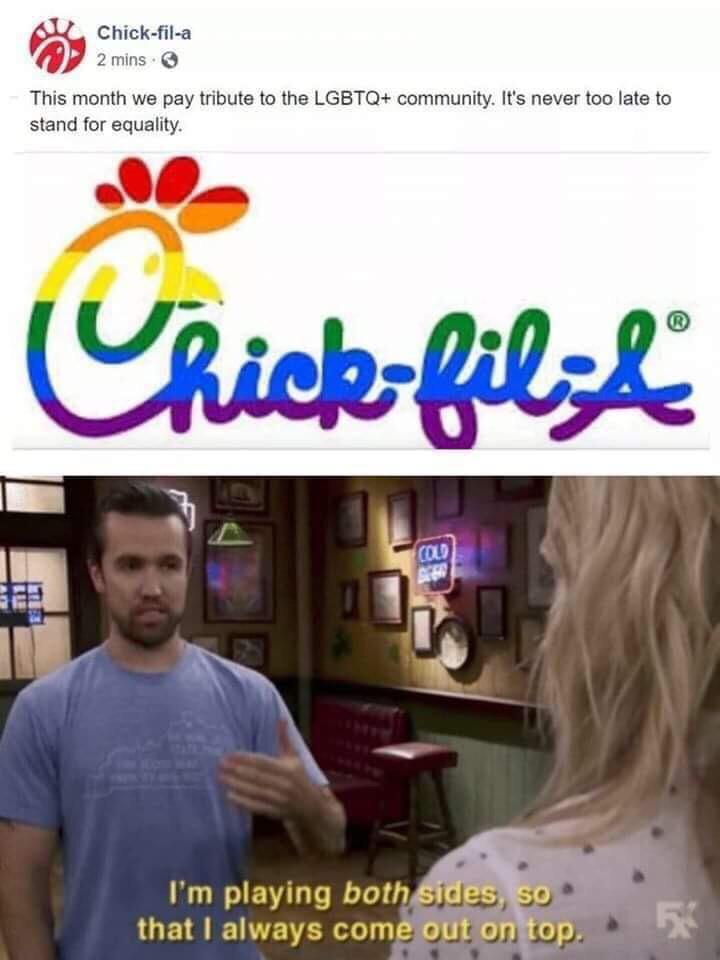
But it’s glaringly obvious that some are being performative in the hopes that sticking a pride flag in their window will make them more appealing to potential consumers. I’ll use Adidas as an example: They’ve added a section to their website chock full of the usual Pride merchandise, supposedly in honour of Pride Month. Meanwhile, they remain a major sponsor of the World Cup, which will take place in Russia this year… a country that still employs strict anti-LGBTQIA+ policies.
Does it not seem disingenuous to claim to support the community, while simultaneously forking over millions of dollars to an event being held in a place where queer fans and athletes could be subject to jail time, torture, vigilante attacks and even executions, just for being who they are?
Making Queerness Marketable
Historically, Pride has always been a celebration of sexual expression. When attending a large-scale Pride event, it’s not uncommon to see women in fishnet tops, people on parade floats showering onlookers with condoms like confetti, men in assless chaps, people dressed up in kink gear, etc.
But alongside rainbow capitalism, the queer community is now facing a growing debate on whether Pride has an obligation to be “family friendly.” Some believe the two go hand in hand. By keeping Pride G-Rated, corporations can feel safe in their decision to support the LGBTQIA+ community without alienating their straight, cis consumer base.
Tallie Rose, a 31-year-old queer woman from South Carolina, believes the commercialization of Pride has given everyone a reason to think they have a say on the issue.
“If people see rainbows and ‘love wins’ at Target then they have a certain view of things and may be put off when they go to events that are organized by gay people and not made for general consumption,” she says. “I don’t think every Pride event is under any obligation to cater to minors or people who feel uncomfortable with things they deem sexual.”
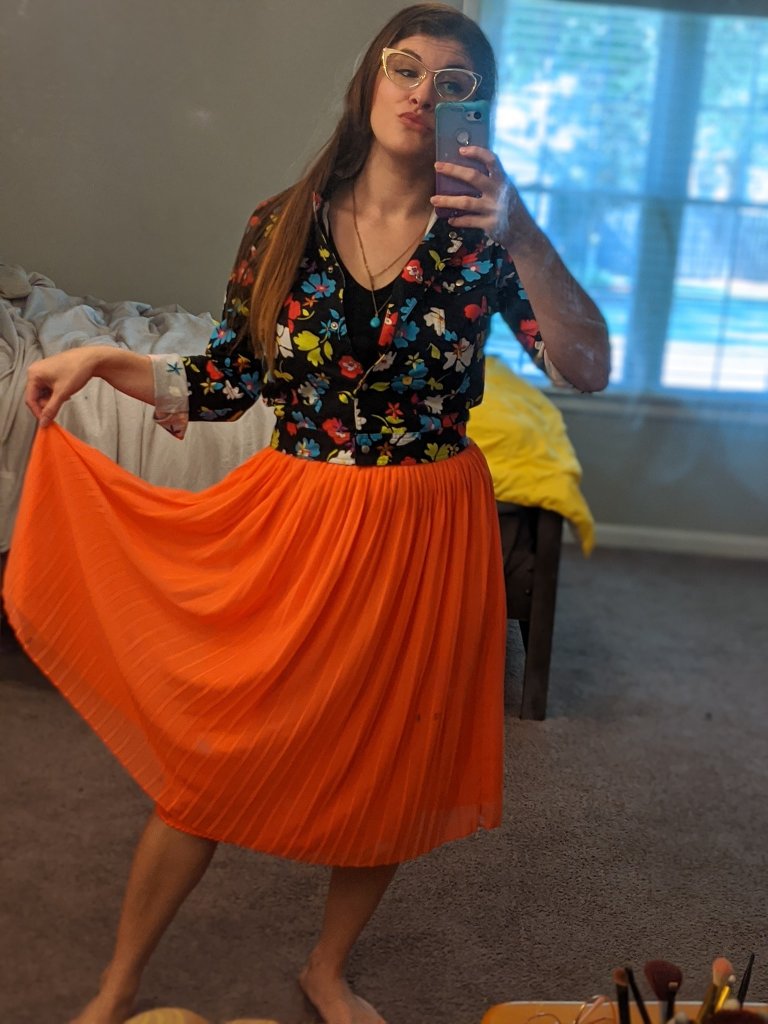
This persistent attempt to make Pride more digestible to the masses not only causes the true meaning of Pride to become lost in translation, but it also neglects to take into account how sex itself is intrinsically woven into queer history and culture.
“Someone in an interview once asked me what Queer Culture was and I said ‘sex,’” says Dennis. “It’s really just about the only thing that separates us from them. There is absolutely nothing offensive at Pride. It’s the most accepting group of people I know. Bask in the love. If you don’t like it, don’t go. If corporations are uncomfortable, perhaps they should stick to the Santa Claus Parade.”
Tallie says her two young children are no strangers to Pride events.
“I think Pride is generally family friendly,” she says. “I have no issue taking them to Pride but I also take them to protests and political rallies. I go in with the understanding my kids might see something that they might not understand and that I’ll have to explain it to them.”
In my experience, most demands to make Pride family friendly are actually homophobic attempts to straight-wash Pride into something more palatable for general consumption.
Tallie Rose
All that being said, I do personally believe there’s a place at Pride for spaces where queer and questioning youth can feel safe. I didn’t come out until adulthood, so as a closeted queer kid in a predominantly straight, white-washed rural Ontario town I can confirm that I would have benefitted from such a space growing up. I also have a nine-year-old trans niece who has attended Pride events with us as a family (along with her two younger sisters!) so I can appreciate the need for kid-friendly spaces at Pride.
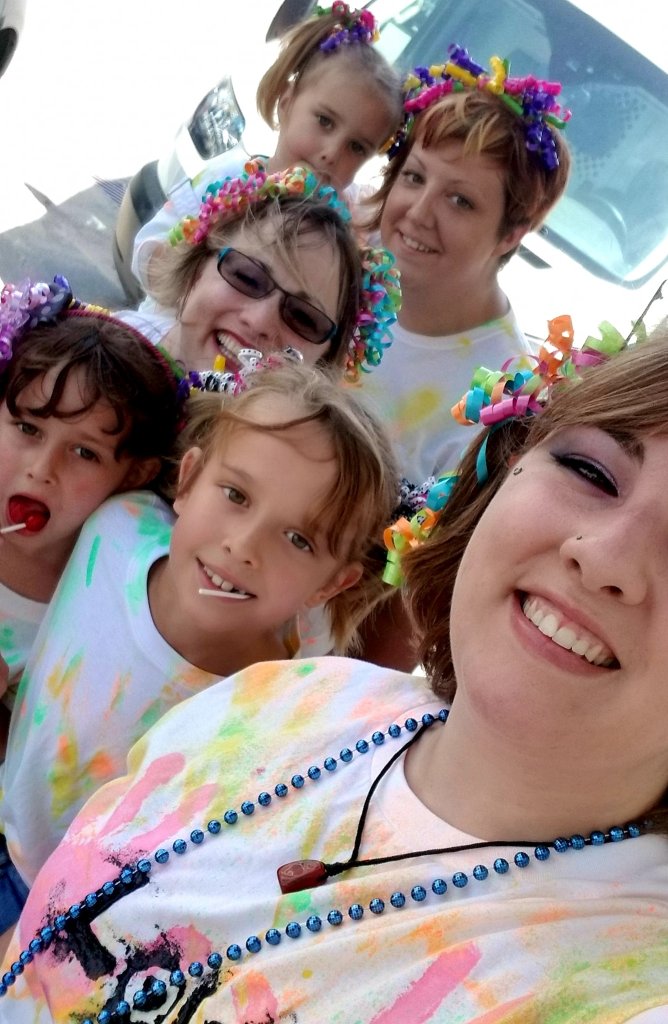
But does that mean every pride event should cater to minors? Absolutely not.
I also believe, for the most part, that this debate is happening for the wrong reasons. If it was really about creating safe, educational spaces at Pride for queer/questioning youth and minors, that would be one thing. But it’s not. The more research I’ve done, the more I’ve realized that it’s actually about straight people doing what they’ve always done: screaming “but think of the children!” and using kids as a shield, as usual, to justify their homophobia.
Tallie adds that this is yet another example of cisgender, heterosexual people inserting themselves into queer spaces and forcing us to comply with their idea of what is fit for public consumption.
“A lot of older queer folks spent their lives not fitting into a box, being told their very existence wasn’t family friendly, having all of their choices oversexualized,” Tallie explains. “Now some people want to make it a photo op and not a counter-culture march.”
An Issue of Privilege
Sam Alabaster from North London, UK, believes this whole debate is inherently privileged, and that ‘family friendly’ is, at its heart, a white and straight-centered concept. Being Muslim and a trans person of colour has helped shaped Sam’s identity as a queer person, but has also caused a lot of internal conflict:
“Trying to figure out where queerness fits into faith has been quite a struggle for me and has brought up a lot of difficult questions,” he says. “It has also given me a greater appreciation for marginalized queer voices. Because I have the perspective of intersectional marginalization, I know how important it is to know when to shut up, and I think that’s very important to our community.”

Sam says the very idea of queerness is defined as ‘straying from the status quo,’ as queer existence and queer sexuality have been seen throughout history as “the other,” and deemed inappropriate for ‘real’ society. He adds that embracing and normalizing queer sexuality and queer bodies are vital to the community’s liberation.
“Having queer youth that can integrate into queerness is a privilege,” Sam points out. “Hell, having a Pride available to you is a privilege, let alone being able to attend it. Even in the West where we are seeing the most developed shows of pride, people of colour are excluded and face racism, most venues are inaccessible to disabled queer people, transphobia, religious discrimination, the growing class divide in pride due to its commercialization… I think there are bigger fish to fry.”
On the subject of commercialization, he also suggests that rainbow capitalism falls under the wider issue of assimilation theory, which proposes that integrating into the heteronormative social politics of Western society is the fastest route to queer liberation. Obviously this is a fallacy, as assimilation theory only takes into account the people who can successfully integrate into these dominant social norms.
None of us are free until all of us are free, and grey suits and rainbow sandwich wrappers can only liberate those at the very top of the pile.
Sam Alabaster
“This viewing of pride as a consumerist event allows more privileged queer people (white/cis/male/wealthy queer people) to be placated,” he says, “while the less privileged among us have the seat at the table we literally built swept out from underneath us. It’s breaking our community in a way that will hurt our most vulnerable and disconnect our most privileged from the struggle they are no longer realizing they endure.”
Cutting the Crap
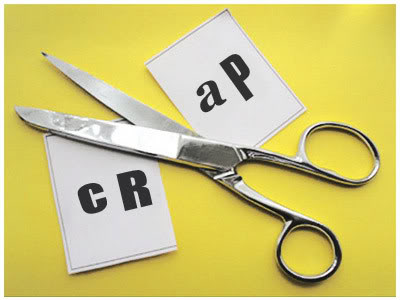
As I write this, I can already see the cis, straight folks storming my inbox: “You alphabet people are never happy! I thought you wanted us to support you?”
All I have to say to that is this: Throughout modern history, we have been forced to cater to heteronormativity – we know how much it sucks to feel excluded, trust us. That said, I don’t think there’s anything wrong with queer people needing and wanting queer spaces where, for once, we don’t have to cater to you.. Like Dennis said, it’s no longer our job to make ourselves more digestible to you, it’s your job to accept us as we are.
If you want to support us, that’s wonderful! We gratefully accept and welcome your support. But Pride is our turf, and as an ally, your discomfort is not the priority at Pride. If it makes you that uncomfortable, you can choose not to attend. But you can’t call yourself an ally while refusing to acknowledge that straight-washing Pride is inherently homophobic. If you don’t understand why that is, then you need to go back and read this blog again.
Furthermore, you can’t call rainbow capitalism genuine support. Come on, we all know the only ones most brands are really supporting with their performative ‘allyship’ are themselves and their own profit margins.
For businesses who are genuinely interested in ways they can take concrete action to support Pride, here are some suggestions that go beyond having your graphics team stick a rainbow logo on your social media pages:
- Provide comprehensive health benefits to LGBTQIA+ employees which cover therapy and gender-affirming medical procedures
- Form a diversity team (with access to a budget) for your workplace made up of LGBTQIA+ and other marginalized employees, and give them a dedicated time and space to meet.
- Openly and ACTIVELY communicate a strong leadership message on the importance of LGBTQIA+ inclusion in the workplace. Advocate for your queer team members; positive change starts at the top.
- Work with queer-led organizations and causes in your community and around the world. This could involve brand partnerships, monetary donations, events and more.
- Be mindful of the use of gendered language at team meetings, and also when it comes to advertising & promotional materials, social media etc. It can be as easy as using ‘they’ as a pronoun instead of he or she. This way, management can be confident that everyone receiving this messaging feels represented, even if they aren’t “out” yet.
This free guide for employers created by Great Place to Work and Pride At Work Canada includes even more tips and information to help promote meaningful and genuine support to LGBTQIA+ employees in the workplace.
Happy Pride!
Featured Image Credit: @ingi_chbr/Twitter Alex Dalbey
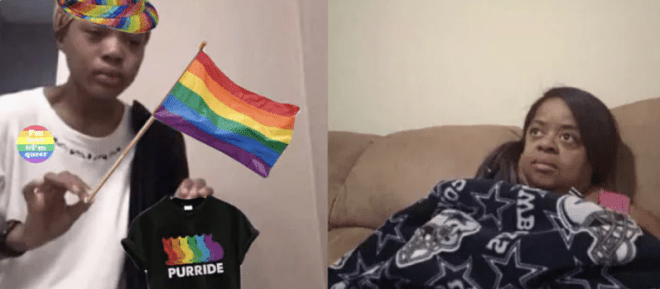
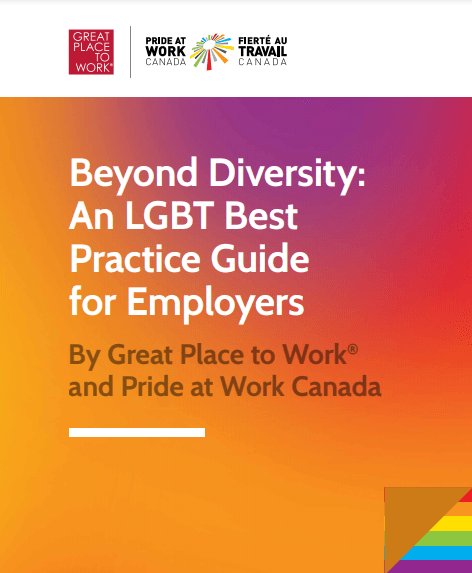
This shows the struggle behind getting an identity as a human! Every change does not take place without a struggle and the stories you’ve lined up seems so touched, however the society whether it’s commercial, political, social may find this awkward to digest just because they are fortunate not to face the struggle like this! Also a special thanks to the leader Marsha P, who took the firelight and make it up for lot people out there! Indeed, the issue of privileges might or might not be acceptable to everyone but I personally believe it should be equal considering the humanity on top of all! Thank you so much for sharing this with us Vic! It was a mixed feel while reading it!
LikeLiked by 1 person
I am living vicariously through your writing. I understand that inclusion is a message that we strive to promote, but we should not place importance on the heterosexual agenda behind pride. After all, this March was born out of necessity for us to be included in mainstream life because heterosexuals did not allow us to exist. Your article hits home with me when talking about rainbow capitalism as I’m often found wandering the streets of London with my husband waking past Sainsbury or Tesco spreading the message that “they support us, for one month out of the year because they see dollar signs.” It makes me feel I’ll to see that many in our community are not aware of this trend not do they seem to care. I think pride is starting to lose its message, but not because straight people are trying to make it more inclusive for their children and families – instead because gay people are losing touch with its origins and our starting points, which created the need for this March. Thank you for spreading a message that is close to my heart and hits home. We need more people to outline this type of exploitation.
LikeLiked by 2 people
Thank you so much for your comment, it means a lot to me that you got something out of it! This has been cooking in my brain for quite some time, and you’re right, every year the message behind Pride seems to get more and more lost. I hope eventually we can start prioritizing education again during Pride. It’s so important to remember how we got here.
LikeLiked by 1 person
Wow, so much to think about here, thank you for sharing this! I’ve definitely noticed the rise of rainbow capitalism in the past few years, and I worry that we’ll start seeing a similar problem with racial issues (like commercializing juneteenth in the US) soon as well. But I wasn’t as aware of this side where brands and organizations are trying so directly to “re-frame” the event on their terms – PG-ifying and straightwashing, as you say.
Here is my question – in your view, what is the ideal role of straight cis folks here, if there is one at all? aside from the obvious things NOT to do, like performative allyship, pride tourism, and pushing for one’s own agenda/straightwashing, do you see a means by which outsiders respectfully join in this event to listen, learn and appreciate? Or would it be best for pride to be an entirely exclusive celebration?
LikeLiked by 2 people
Hi Sam, thank you so much for your comment! This truly means a lot to me. I’m so glad you enjoyed it. The fact that you read it and found it informative gives me a serious case of the warm fuzzies 🖤
In regard to your question, I think making pride exclusive would be counter-productive. The whole point of Pride is that it’s for everyone ☺️ All are welcome in my eyes! Like you said though, I think being respectful is super important. At the end of the day, Pride is a political movement so I think the role of cishet allies here would be to remember that they’re guests and that it’s not about them. Joining in and learning is definitely welcome, but Pride is (and should be) the one place where we don’t have to cater to the comfort of straight people. I guess to put it in the simplest of terms, they should remember to have fun but stay in their lane.
That goes for corporations as well. My issue isn’t with corporations participating in Pride, or sponsoring Pride events, it’s when they use it to make a buck without providing any real support to the community. Not a good look!
LikeLiked by 1 person
Thank you for clarifying. I’m totally with you – Inclusion combined with humble participation and unconditioned acceptance/support paves an encouraging path to progress!
LikeLiked by 2 people